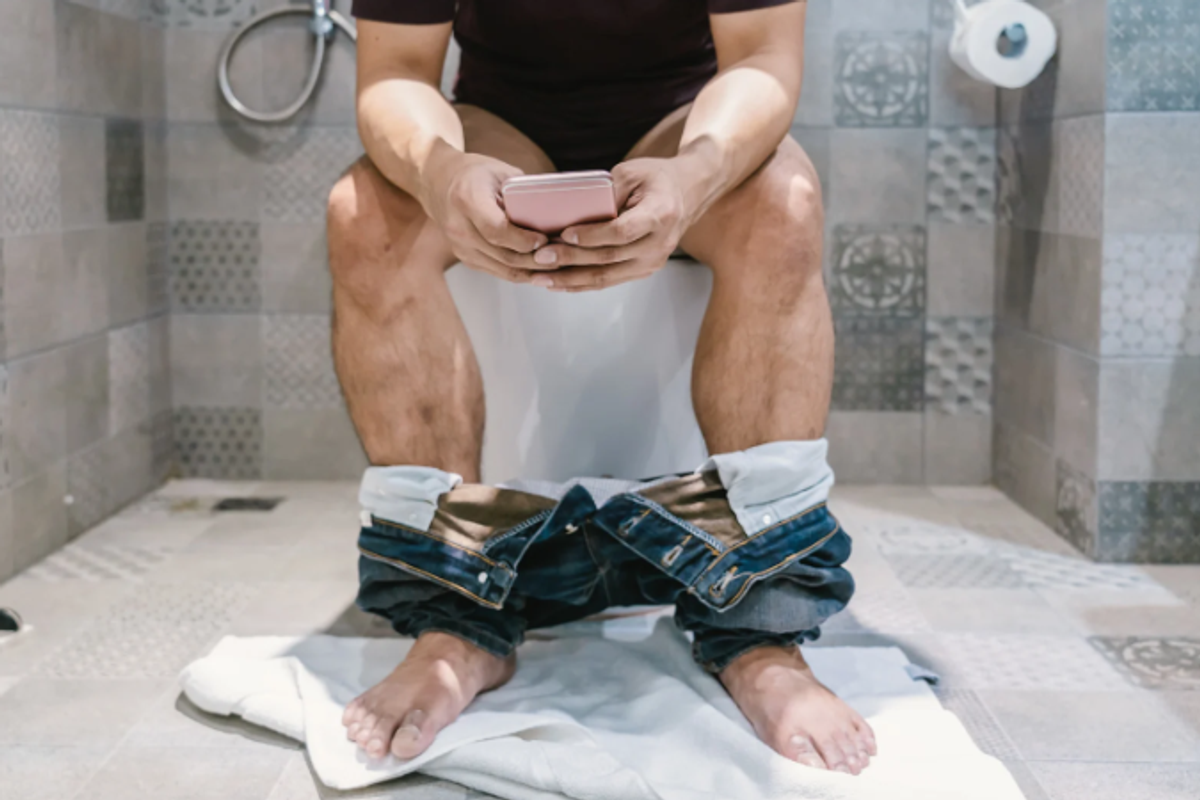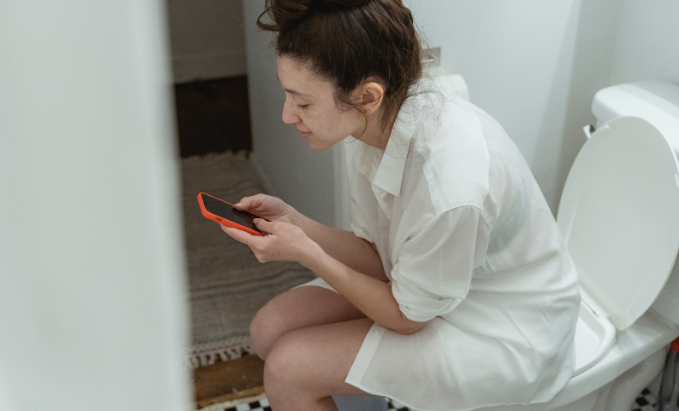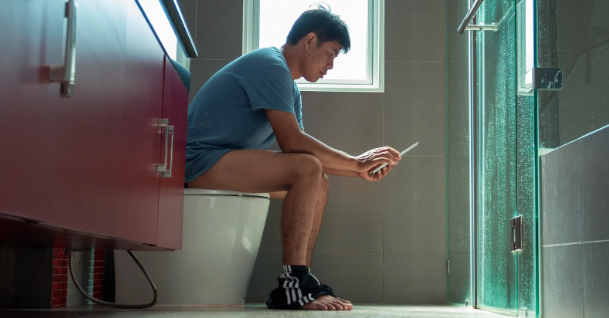Why pandas are black and white and 24 other things you might not know about these animals.
Is there anything cuter than a panda bear?

I mean, really ... just look at that face.
Image via iStock.
It’s no accident that these adorable creatures have come to symbolize vulnerable species worldwide — they are simply irresistible. Scientists even have a name for species like pandas — "charismatic megafauna" — because these animals have such widespread popular appeal that they can help mobilize people into getting involved in conservation efforts all around the world.
In China, pandas — or Xiongmao as they are called there — have become a national treasure. People come from all over the world just for the chance to see one of these beloved black-and-white cutie pies.
But how much do you really know about this bear? Here are 25 things that you should know about the un-bear-ably cute panda.
Image via iStock.
1. For years, scientists weren’t sure if pandas were a type of bear, raccoon, or something else entirely. (Goofy fluff monster perhaps?) But recent genetic studies have shown that they are, in fact, bears.
They can be pretty goofy though, especially as cubs. Image via iStock.
2. Their fur might look silky and soft, but it's actually thick and coarse to keep them clean and warm.
3. The giant panda's range once included central, southern, and eastern China, as well as neighboring Myanmar and northern Vietnam.
But today, their habitat has been reduced to just 20 isolated patches of misty bamboo forests in western China.
4. The forests that pandas call home are located high in the mountains — at least 4,000 feet above sea level. And in the summer, pandas can climb as high as 13,000 feet in search of food.
The Sichuan province in China — one of the regions home to giant pandas. Image via iStock.
5. Pandas play a crucial role in keeping their habitat healthy because when they roam, they spread seeds, helping vegetation grow.
A panda at the Shaanxi Panda Sanctuary in China. Image via iStock.
6. Scientists didn’t know why pandas were so distinctly black and white until recently. Turns out, it helps them camouflage and communicate.
According to a March 2017 study published in the journal Behavioral Ecology, their colors help them blend into their snowy and shady environments, while their black ears signal aggression to predators. In addition, their black eye patches help them recognize other pandas.
Image via iStock.
7. They are known as “giant” pandas because as adults, they can weigh as much as 330 pounds.
But when they are born, they are anything but giant: They weigh only 3.5 ounces, roughly the same weight as your cellphone.
Image via iStock.
8. Pandas actually have the digestive system of a carnivore but have adapted to a vegetarian diet.
They don’t have the extra stomachs that some herbivores, such as cows, have to help digest plants and grasses. This means they only digest about a fifth of what they eat.
9. In order to survive, they must spend about 12 hours eating and chow down on 26 to 84 pounds of bamboo every single day.
Image via iStock.
10. While bamboo makes up 99% of their diet, they sometimes also eat flowers, roots, honey (just like Winnie the Pooh!), fish, birds, and even the occasional rodent.
11. Pandas have an elongated wrist bone that functions like a thumb and helps them grab onto bamboo stalks while they are eating.
Image via iStock.
They also have very broad and flat molars to help them crush bamboo shoots, leaves, and stems as they chomp away.
12. Unlike most bears, pandas don’t hibernate. This is because their diet of bamboo — which is low in nutrients — doesn’t allow them to store enough fat for hibernation.
So during the winter, the bears survive by simply heading down the mountains to warmer parts of the forest.
13. But because of their unique diet of bamboo, their poop could be used as biofuel.
Pandas have a short intestinal tract, with some pretty strong microbes living in there to help them digest all that tough bamboo quickly. These microbes are so potent that they could be useful to scientists looking for a new fuel source.
14. Pandas spend up to 12 hours sleeping every day.
Image via iStock.
This allows them expend fewer calories in a day, saving energy. (And sometimes they sleep on their backs — which is adorable!)
15. They can climb trees and swim.
Image via iStock.
16. Pandas don't really play well with others.
Except when it’s time to mate (or when a mother is rearing her cubs), pandas go to great lengths to avoid each other and remain solitary. If two pandas run into each other, they’ll growl, swat, lunge, and even bite each other.
17. You won't see a panda roar, but they are very vocal.
Giant pandas make a number of different sounds, including honks, huffs, barks, howls, and bleats, which sounds just like a lamb or goat. Young cubs also croak and squeal.
18. Smell is important to pandas because it helps them communicate with each other.
Image via iStock.
Pandas have scent glands under their tail and secrete a substance that they use to mark trees, rocks, bamboo, and bushes — and the smell is so strong, even humans can smell it.
19. The scent marks they leave are like individual ID cards — they tell other pandas smelling them a whole lot about themselves.
Each scent mark tells pandas the age, sex, reproductive condition, and social status of the bear that left it — as well as how long the scent has been there. Each one is believed to be unique.
20. Male pandas like to leave their scent high up on a tree, so they’ll perform “handstands” to get it up there.
21. Pandas are commonly believed to be poor breeders, but this isn’t actually true.

They only breed once every two to three years though, and it is very difficult to get them to mate in captivity, which is why so many people have the wrong impression about their fertility. But, according to the World Wildlife Fund, their reproductive rates are actually comparable to those of the thriving American black bear.
22. In the wild, a typical female panda will give birth to about five litters in her lifetime.
A female panda and her cub. Image via iStock.
23. A panda litter is usually one or two cubs, which are born blind and don’t open their eyes for 45 days.
Cubs are completely dependent on their mothers for the first 14 months of their lives, and they don’t usually leave her until they are 18-24 months old.
Image via iStock.
24. Today, pandas have fewer predators than they did historically.
Tigers once lived in their range, but they no longer do, and leopards that are found in the region are reduced in numbers. However, golden cats, yellow-throated marten, dhole, and weasels live in the same habitats and are known to prey on cubs.
25. But now pandas have a new threat: humans.
Large areas of bamboo forests have been cleared for agriculture, timber, and fuelwood, which has reduced their habitat and made it harder for them to find bamboo. Not only that, but roads and railroads have fragmented forests, isolating panda populations from each other and preventing them from being able to mate and reproduce.
Poaching is still a problem too. Stricter laws and greater public awareness have helped rein in the problem, but pandas are still sometimes killed by poachers, or they are harmed accidentally by traps and snares set for other animals.
But there is some good news. The number of wild pandas is actually growing, thanks to conservation efforts over the past decade.
A panda climbing a tree in the Chengdu region of China. Image via iStock.
In fact, the number of wild giant pandas has increased from 1,596 in 2003 to 1,864 in 2015 — nearly 17%. In September 2016, their conservation status was updated from “endangered” to “vulnerable.”
Of course, pandas still need our help because they are not out of danger just yet. They still need our support so their populations can keep growing. And that way, maybe one day soon, we can have a thriving population of pandas in China once again.



 In a 4-day model, kids often (but not always) receive less instructional time. Photo by
In a 4-day model, kids often (but not always) receive less instructional time. Photo by 

 Two woman having a heart-to-heart conversation. via
Two woman having a heart-to-heart conversation. via  A man who has dug in his heels. via
A man who has dug in his heels. via 
 A woman looking at her phone on the toilet.via
A woman looking at her phone on the toilet.via  A man looking at his phone on the toilet.via
A man looking at his phone on the toilet.via 